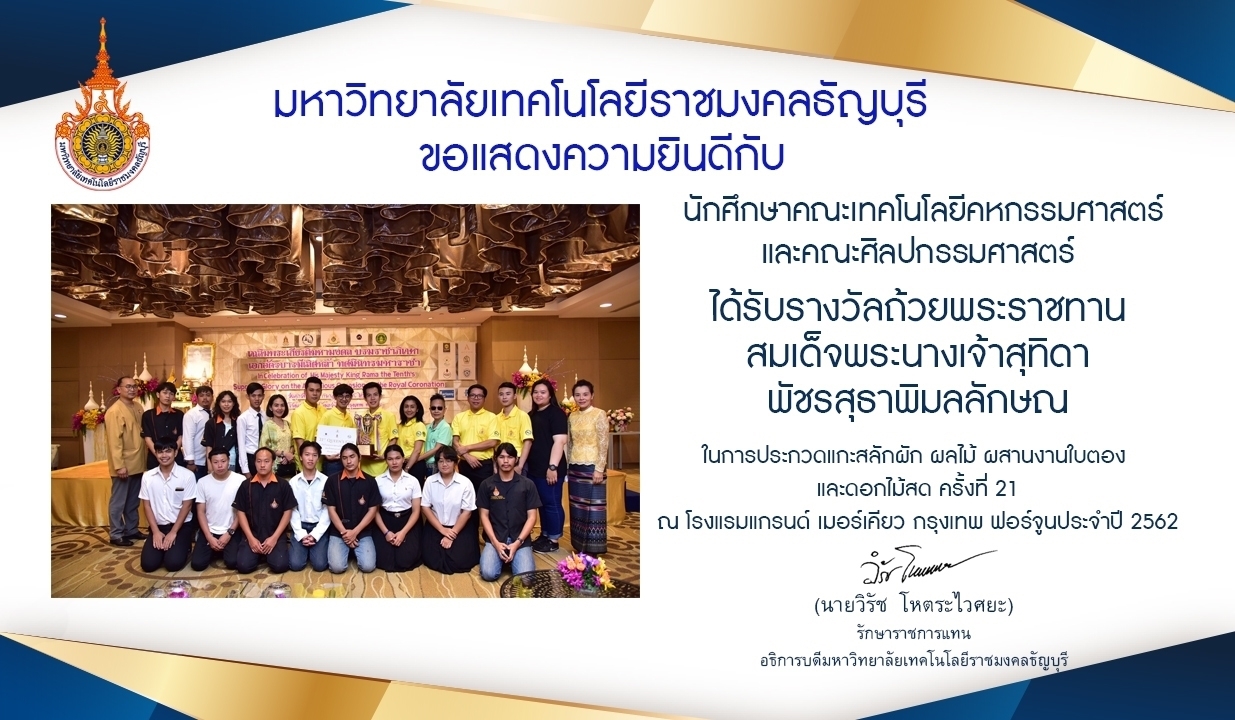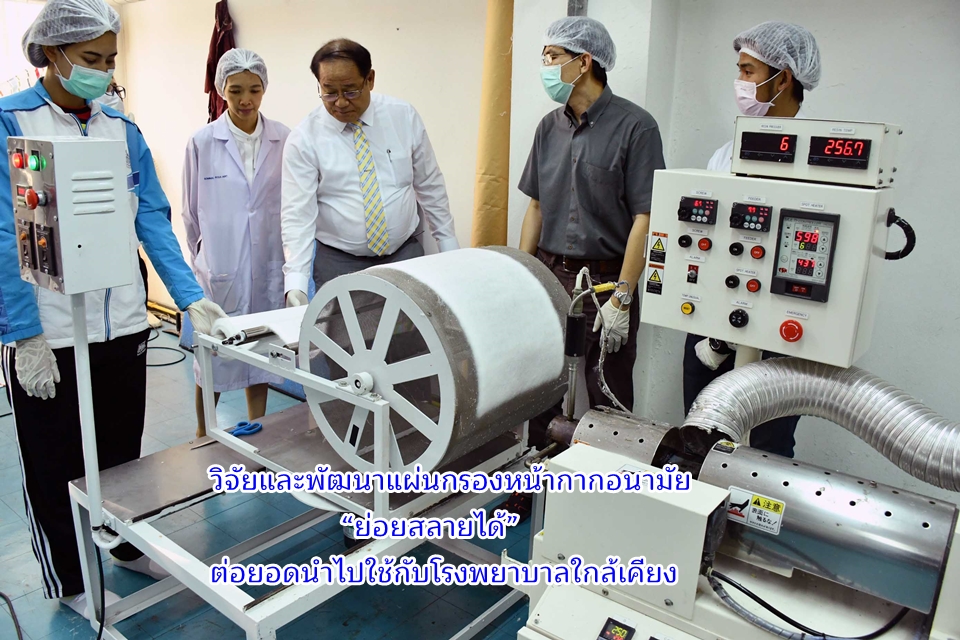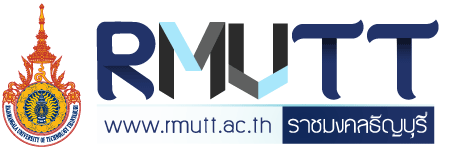
รางวัลถ้วยพระราชทานสมเด็จพระนางเจ้าสุทิดาพัชรสุธาพิมลลักษณ
27/03/2020
RMUTT researchers design and develop its biodegradable facial mask filter” for hospitals in the area
08/04/2020What is COVID-19
COVID-19 stands for “coronavirus disease 2019”, a contagious disease caused by a new strain of virus. The symptoms of this disease are like influenza such as coughing, fever, and difficulty breathing. You can simply protect yourself by washing your hands frequently, not touching your face and avoiding close contact (1 meter or 3 feet). Signs and symptoms of COVID-19 may appear two to 14 days after exposure and can include fever, cough, shortness of breath or difficulty breathing, other symptoms can include such as tiredness, aches, runny nose, sore throat. How can you protect yourself?
- Wash your hands frequently and thoroughly with soap for at least 20 seconds
- cover face with a tissue or your elbow when coughing or sneezing
- Then throw the tissue in a waste bin
- maintain social distancing
- Avoid touching your eyes, nose and mouth
How COVID-19 has affect on higher education
The virus crisis “COVID-19” quickly and severely affected all sectors, one of them is “education”.
While the COVID-19 began to spread in Thailand, the government announced the temporary closure of educational institutions to control the outbreak of COVID-19 since 17th March 2020. Schools and universities have to adapt themselves immediately to cope with this incident. Moreover, recruitment and enrolment system also have to support online entrance exam and interview to avoid discontinuation of education. If number of COVID-19 infected cases do not reduce, it has likely that this incident will continue until next semester, so teaching process will have to switch to online platform completely.
When the “COVID-19” virus began to spread in many countries, “UNESCO” estimates that more than 363 million students worldwide are affected by the crisis. Educational institutions in 15 countries in Asia, the Middle East, Europe and North America have closed due to COVID-19. This has stimulated educational institutions in many countries to use various technologies for online teaching and learning.
“China”, the first country that announced the cessation of teaching and learning activities at the school and the university, both “teachers and students” switched to “online” teaching and learning.
“United States” began to close the school to prevent the spread and the world’s top universities in the United States, such as “Harvard” announced the use of virtual education (Virtual Education). At the time of the COVID-19 situation starting March 23, many universities in the United States as well as Princeton University, Stanford and more, many universities in the United States also use this type of teaching and learning to allow students to learn from home
From the situation that affects teaching and learning in China and the United States are just some examples.
However, while the COVID-19 virus is affecting the education sector, from another perspective, it is also a great opportunity to reform the “education industry” around the world. Thanks to the existence of technology and opportunity so that the education sector throughout the world can continue uninterrupted and regardless where the student-teacher is. Everyone can access education with no barrier.
*More information about Learn from Home and Work from Home at https://www.ict.rmutt.ac.th/?p=2392




